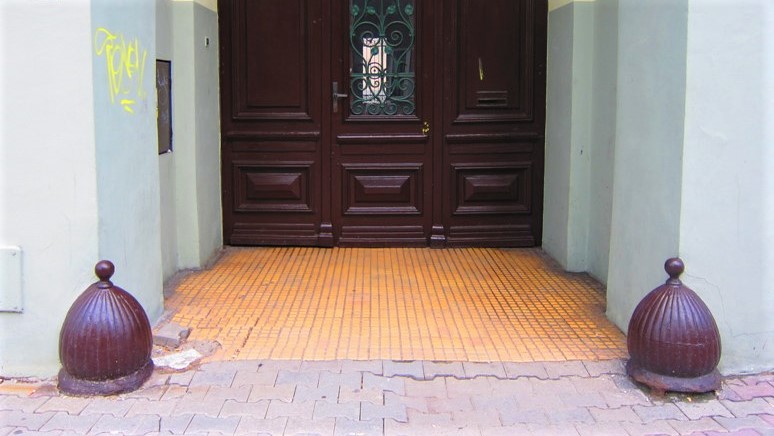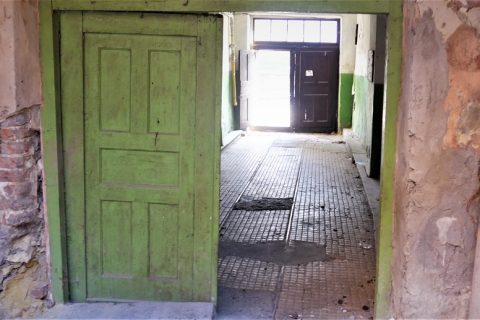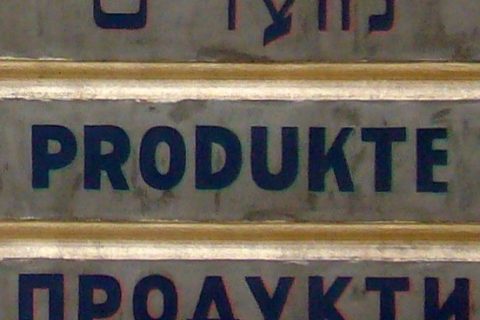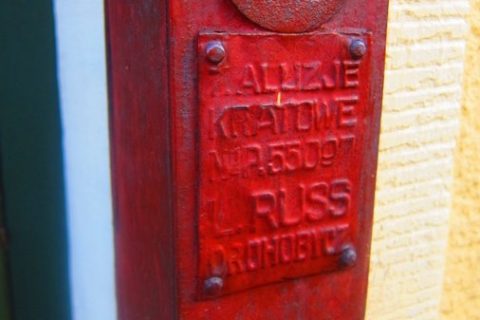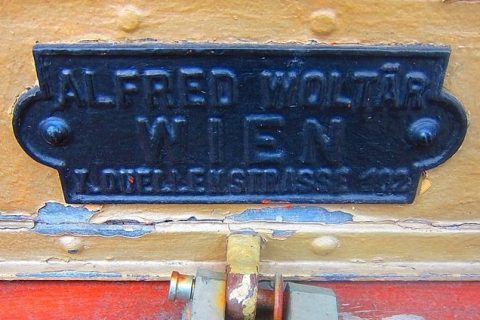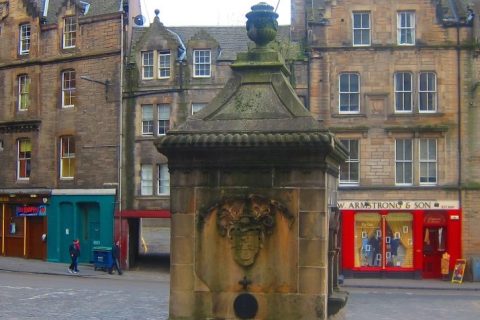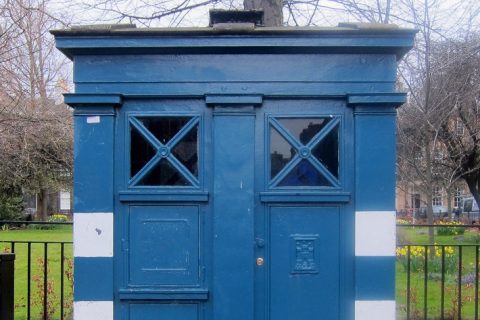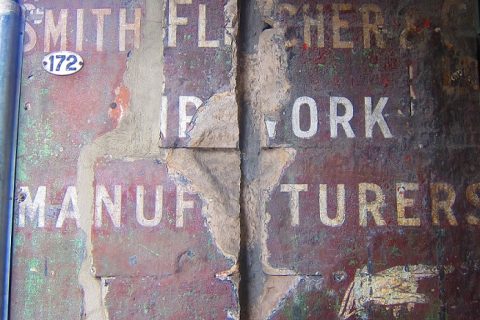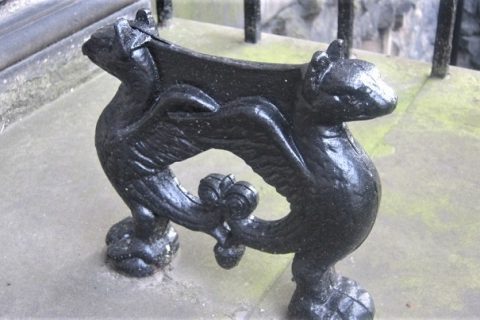Lublin’s Guard Stones
From 1795-1803 Lublin was part of New Galicia, a short-lived administrative region of the Austrian Habsburg Monarchy. In 1803 it was merged with the Kingdom of Galicia and Lodomeria, but retained some autonomy. In 1809 Austria lost this territory, and in 1815 it became part of Congress Poland. A sampling of Lublin’s […]
Read More
